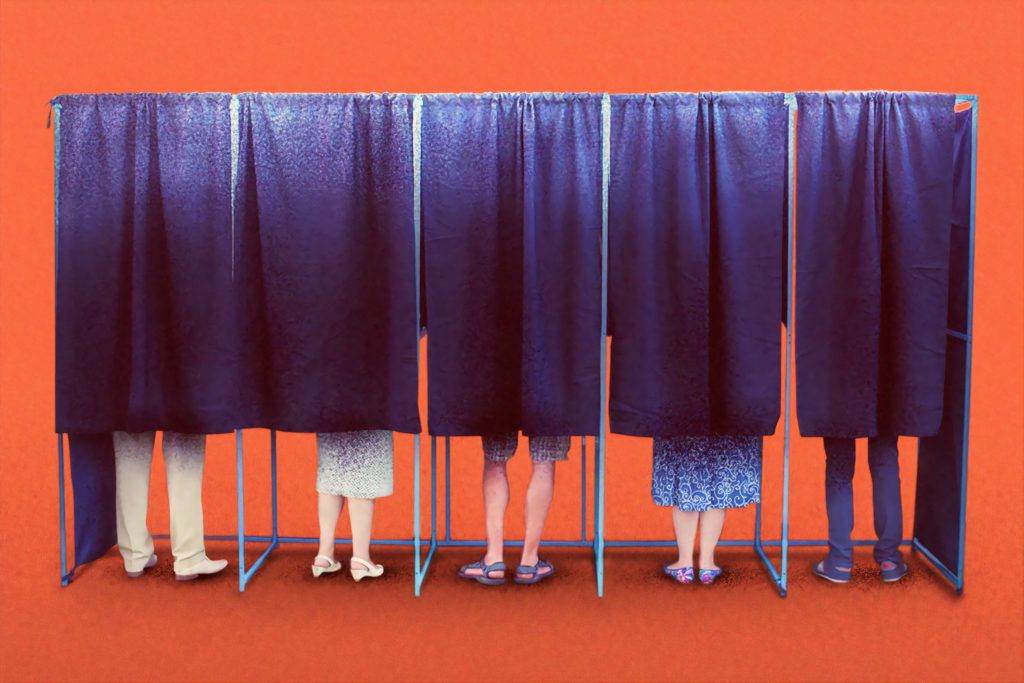Over the past months, I’ve used this space to focus quite a bit on the primary to succeed Rep. Joe Kennedy in the House. As I write this on Thursday afternoon, ballots are still being counted. And while it may take a little longer to have a declared Democratic nominee in this race, there’s one clear winner that emerged even before they started counting the ballots Tuesday night: Ranked Choice Voting.
Whatever the outcome in the 4th (and this isn’t a comment about the qualities of either of the frontrunners – both of whom I respect), the nominee will be the choice of less than one quarter of the voters, and the top two candidates will have, combined, received less than half the votes in a nine way race. That’s not representative democracy.
In Massachusetts, where we have no runoff mechanism, this isn’t even that unusual. In the past decade, in all three races for open U.S. House seats, candidates won their 1st nomination in a crowded field with only a plurality of the vote; Rep. Katherine Clark with 32%, Rep. Lori Trahan with 22%, and now here. These numbers don’t reflect the choice of the majority of voters. Ranked Choice Voting (RCV) provides a mechanism to fix that and ensure an accurate reflection of the will of the people.
RCV also allows us to avoid something we certainly saw in the 4th – “strategic voting.” In the final weeks we had perfectly good and talented candidates dropping out to consolidate around leading candidates – based on polling. I read multiple pieces where folks were trying to figure out who the “likely winner” could be to make sure their votes “mattered.” With RCV, we could all vote our preferred candidate AND then rank our preferences so as to not “waste” a vote on a 5th place finisher.
Further, RCV is shown to disincentivize both targeted and negative campaigning – something we certainly saw in this race. Without RCV, in a crowded field a candidate is incentivized to target their message and strategy to a small subset of the voters, knowing that while their message does not represent the majority of the district, they might still win with a fraction of the vote. With RCV in place, a candidate must find a way to speak to the majority of the voters, not only in their agenda, but also through positive appeals to the supporters of the other candidates. If candidate A wants to be the second or third choice for candidate B & E’s supporters, then they want to speak to those voters during the race and not just target a niche that gets them to 22%.
There are several other reasons to support Ranked Choice Voting but at the end of the day, we at JCRC believe that RCV improves the quality of our democracy. That’s why our Council, which has made “defending democracy” a central component of our agenda in recent years, has endorsed the “Yes on 2” referendum here in Massachusetts this November 3rd.
Over the coming two months we’ll be working with the RCV coalition to educate our community about how this voting system works, and about all the benefits of adopting ranked choice voting. We at JCRC hope that you will take the time to learn about RCV, work with us to educate your neighbors, and be a part of improving our democracy this year.
Shabbat Shalom,
Jeremy




